Black History, Music, The Arts
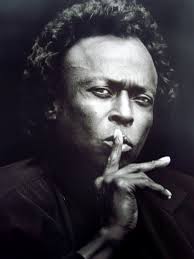
Miles Davis
What is cool? At its very essence, cool is all about what’s happening next. In popular culture, what’s happening next is a kaleidoscope encompassing past, present and future: that which is about to happen may be cool, and that which happened in the distant past may also be cool. This timeless quality, when it applies to music, allows minimalist debate with few exceptions, that which has been cool will always be cool.
For nearly six decades, Miles Davis has embodied all that is cool – in his music (and most especially jazz), in his art, fashion, romance, and in his international, if not intergalactic, presence that looms strong as ever today. (more…)
Black History, The Arts
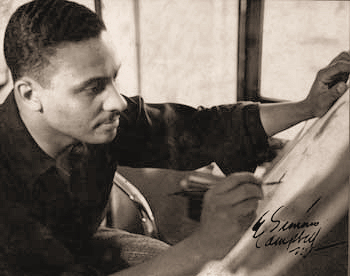
Elmer Simms Campbell
Elmer Simms Campbell (b. Jan. 2, 1906, St. Louis, Mo., U.S.–d. Jan. 27, 1971, White Plains, N.Y.), first black American cartoonist to publish his work in general-circulation magazines on a regular basis.
Campbell won a nationwide contest in cartooning while still attending high school. He later studied at the University of Chicago and the Art Institute of Chicago. He then worked as a railroad dining-car waiter, amusing himself by drawing caricatures of the passengers, one of whom liked his work and gave him a job in a commercial-art studio in St. Louis. (more…)
Black History, Music, The Arts
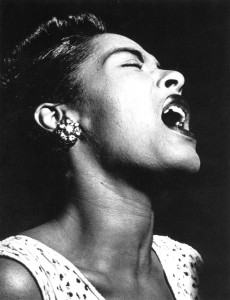
Billie Holiday
Billie Holiday was a true artist of her day and rose as a social phenomenon in the 1950s. Her soulful, unique singing voice and her ability to boldly turn any material that she confronted into her own music made her a superstar of her time. Today, Holiday is remembered for her masterpieces, creativity and vivacity, as many of Holiday’s songs are as well known today as they were decades ago. Holiday’s poignant voice is still considered to be one of the greatest jazz voices of all time.
Holiday (born Eleanora Fagan) grew up in jazz talent-rich Baltimore in the 1920s. As a young teenager, Holiday served the beginning part of her so-called “apprenticeship� by singing along with records by Bessie Smith or Louis Armstrong in after-hours jazz clubs. When Holiday’s mother, Sadie Fagan, moved to New York in search of a better job, Billie eventually went with her. She made her true singing debut in obscure Harlem nightclubs and borrowed her professional name – Billie Holiday – from screen star Billie Dove.
Although she never underwent any technical training and never even so much as learned how to read music, Holiday quickly became an active participant in what was then one of the most vibrant jazz scenes in the country. She would move from one club to another, working for tips. She would sometimes sing with the accompaniment of a house piano player while other times she would work as part of a group of performers. (more…)
Black History, The Arts
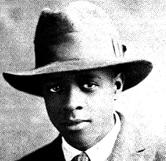
- Wallace Thurman
Thurman, Wallace (1902–1934), novelist, editor, poet, playwright, and literary critic. After leaving his native Salt Lake City, Utah, for the University of Southern California, Wallace Thurman established the Outlet, a magazine similar to those being published as part of the artistic renaissance then blossoming in Harlem, New York.
When it failed after just six months, he himself headed for Harlem, arriving in September 1925. The younger Thurman became a scathing critic of the bourgeois attitudes that motivated the Harlem Renaissance old guards like Alain Locke and W. E. B. Du Bois, charging that they professed their intellectual and artistic freedom while seeking white approval with slanted portrayals of African Americans. (more…)
Black History, The Arts
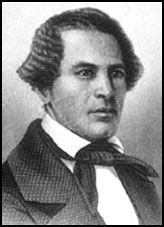
- William Wells Brown
William Wells Brown was born near Lexington, Kentucky, in 1814. His father was George Higgins, a white plantation owner, but his mother was a black slave. “My mother’s name was Elizabeth. She had seven children, Solomon, Leander, Benjamin, Joseph, Millford, Elizabeth, and myself. No two of us were children of the same father.”
As a house slave he was better treated than the field workers: “I was a house servant – a situation preferable to that of a field hand, as I was better fed, better clothed, and not obliged to rise at the ringing of the bell, but about half an hour after.”
When he was a child his master moved to Saint Charles, Missouri. “My master owned about forty slaves, twenty-five of whom were field hands… in addition to his practice as a physician, he carried on milling, merchandising and farming. He had a large farm, the principal productions of which were tobacco and hemp. The slave cabins were situated on the back part of the farm, with the house of the overseer, whose name was Grove Cook, in their midst.” (more…)
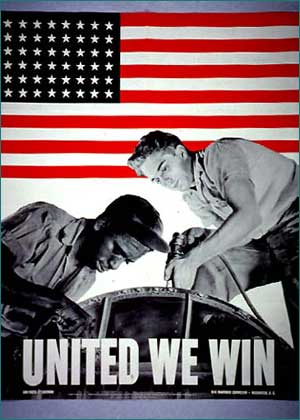
The Arts
Freedom’s People
(1941-42)
The first substantial program in mass media devoted exclusively to African-American life and history. Freedom’s People was a 9-part series on NBC exploring black history and achievements in areas like music, science, industry and sports. Created by Ambrose Caliver, a black official in the Office of Education, Freedom’s People earned critical acclaim. It features the contributions of leading black intellectuals, artists and activists.




